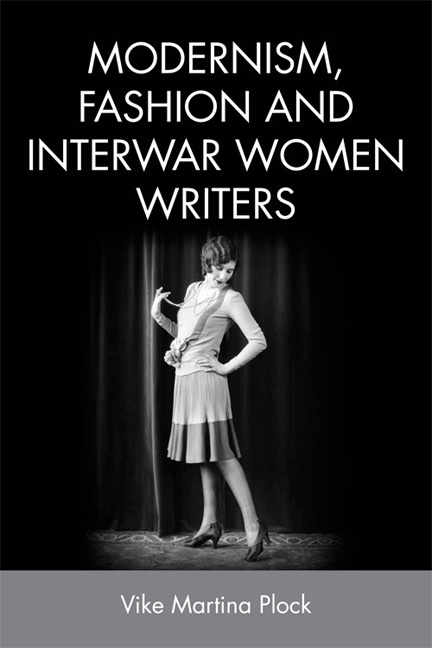1 - Novelty and the Market: Edith Wharton
Published online by Cambridge University Press: 03 January 2018
Summary
The Edith Wharton Collection in the Beinecke Rare Book and Manuscript Library at Yale University contains, among its vast holdings, a torn-out yet carefully preserved newspaper clipping, advertising, in 1913, the imminent publication of Laddie: A True Blue Story, sixth novel of the bestselling romance author Gene Stratton-Porter (Figure 1). Natural imagery, birds and thorny branches, frame the ad, while the accompanying blurb ecstatically celebrates the novel's commercial success, calling it ‘a wonderful record for a wonderful book’. Indeed, the ad claims that the first printing of Laddie – 150,000 copies – had already been sold in the ‘two weeks before publication’, and the second printing had sold 50,000 copies just ‘two weeks after publication’. The literary value of Stratton-Porter's work, at least in this particular newspaper ad, is rendered in numerical terms. Commercial success is explicitly associated with writerly talent.
No doubt, Wharton – who kept this ad and underlined in red pen the phrases ‘the three million mark’, ‘vast reading public because it is true to life’ and ‘people who love their homes; who figure neither in newspaper nor divorce court; who are the source of the real vitality of the nation’ – must have regarded Stratton-Porter as a typical case of an American media-made celebrity author, whose readership might have been vast but whose fame was not necessarily matched by artistic ability. ‘Here is a book that every one is talking about’, Wharton had noted dryly ten years earlier in her essay ‘The Vice of Reading’, before concluding that ‘the number of its editions is an almost unanswerable proof of its merit’ (1996: 102). In all likelihood, the ad for Laddie was preserved because it supported Wharton's fear about the decline of artistic standards at the beginning of the twentieth century. If the mass production of literature was responsible for converting readers into unimaginative consumers, blindly following the latest literary trend promoted by publishers’ publicity campaigns, this commercialisation of reading habits was synchronised by what Wharton called the ‘standardization’ of writing practices (1996: 155).
- Type
- Chapter
- Information
- Modernism, Fashion and Interwar Women Writers , pp. 37 - 72Publisher: Edinburgh University PressPrint publication year: 2017

